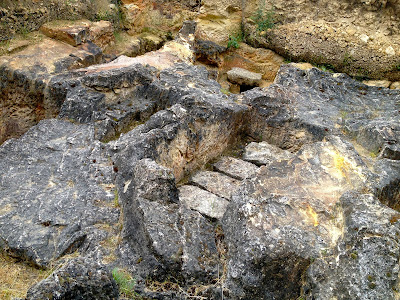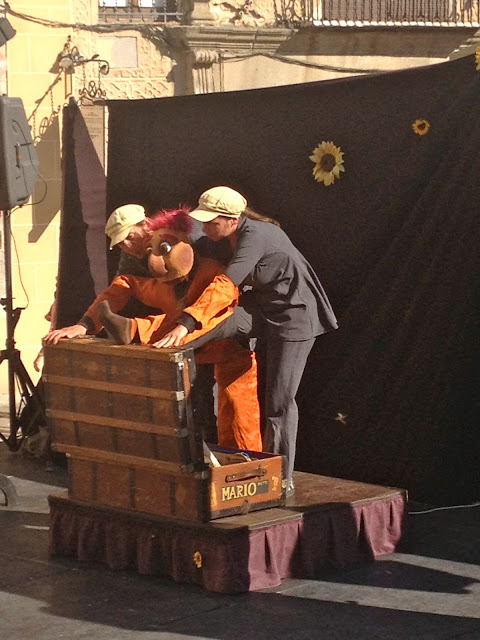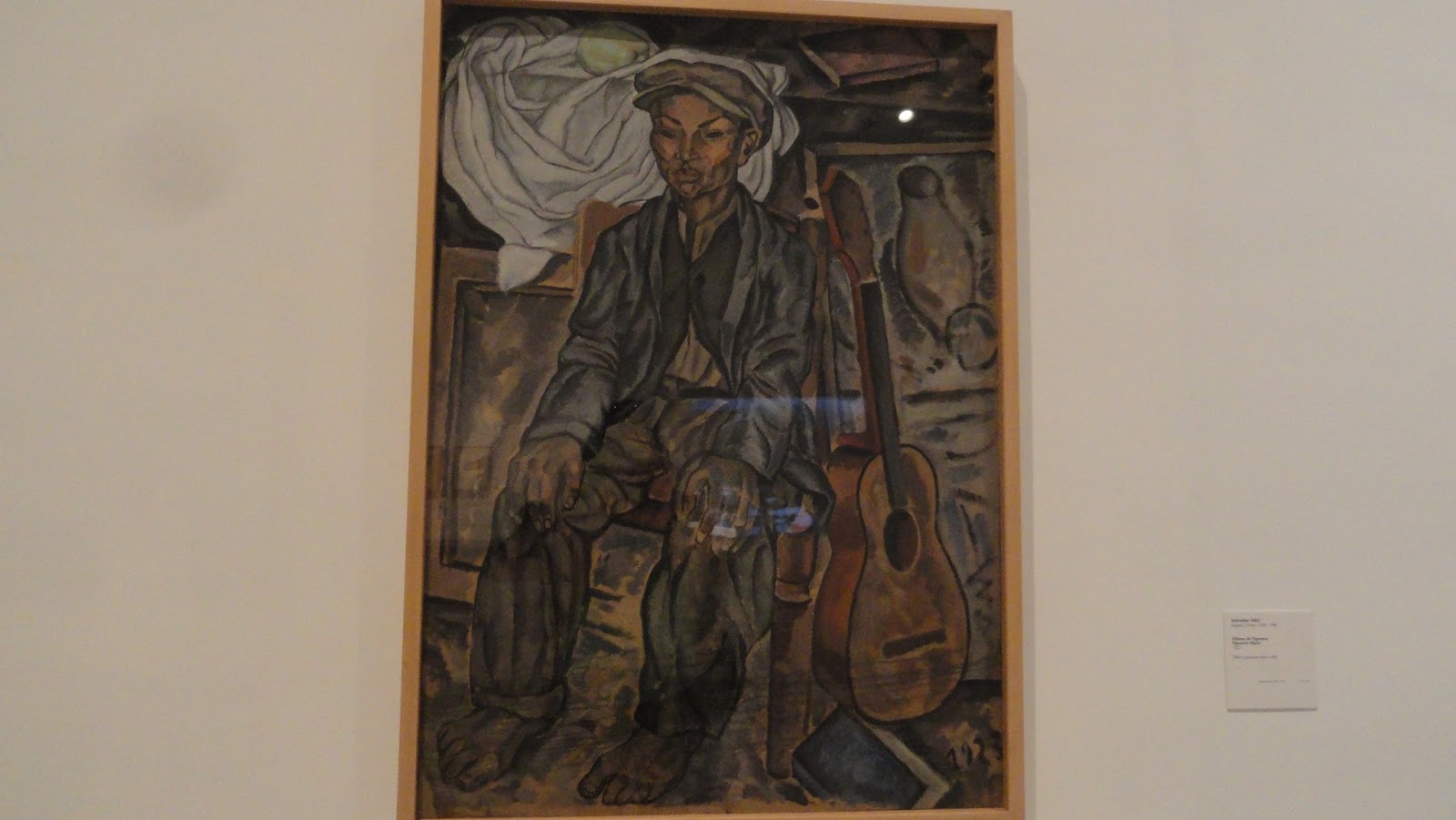 Sunday was the final day of our visit to the Sierra de los Gredos Mountains. After two adventurous days in the snowy mountains, we set out in the morning from the hostel to Fuenfría in the Peñalara National Park in the Sierra de Guadarrama Mountains. This hike was substantially easier than the previous two days. We took a leisurely trip through a section of the park that had many trees, rocks, and streams. The scenery was gorgeous with a mix of vivid greenery and snow--so many perfect photo opts! After a couple hours we stopped by the park's museum to learn more about the mountains and their wildlife. We watched a short documentary that brought us closer to the park's natural wonders. We all enjoyed this relaxing morning after a very physical trek in the previous days.
Sunday was the final day of our visit to the Sierra de los Gredos Mountains. After two adventurous days in the snowy mountains, we set out in the morning from the hostel to Fuenfría in the Peñalara National Park in the Sierra de Guadarrama Mountains. This hike was substantially easier than the previous two days. We took a leisurely trip through a section of the park that had many trees, rocks, and streams. The scenery was gorgeous with a mix of vivid greenery and snow--so many perfect photo opts! After a couple hours we stopped by the park's museum to learn more about the mountains and their wildlife. We watched a short documentary that brought us closer to the park's natural wonders. We all enjoyed this relaxing morning after a very physical trek in the previous days. |
| Vincente giving us some extra information in the Park! |
From the park, we traveled to a town called Miraflores, which holds the campground Colladito, where we had our final meal--a barbecue!--with our trek-guides (Vincente and Gabriel). At this point, the weather had become a bit chilly and rainy, but we were able to stay warm near the grill under a small pavilion in the camp. The was so much food at the barbecue including chips and snacks, soup, salad, bread, and all types of meat grilled by Vincente! It was a delicious barbecue to fill us up for the rest of the day.
 |
| Outside of the Monastery |
For our final stop of the day, we visited the Real Monastery of Saint Maria of the Paular (Real Monasterio de Santa María de El Paular) which is encased by the Sierra de Guadarrama Mountains in the Lozoya River Valley. It was constructed in the late 14th century, inciated by King Juan I. Today, only eight monks live in the Monastery. We were able to tour the majority of the large building (guided by a monk) which consists of an abundance of breathtaking architecture. The entire tour was very calming and beautiful. Even though we've already seen so many different historical pieces of architecture, it was equally as exciting to experience this unique place. I really enjoyed the serene environment.
 |
| The Custodiana --an impressive structure where the body and blood of Christ are kept |
We left the Monastery in very rainy weather to return back home to Segovia to reunite with our host-families for dinner. Overall, today was a perfect day to conclude our trip to the mountains. This weekend was an amazing experience for the entire group and it turned out better than we could have ever imagined.














































